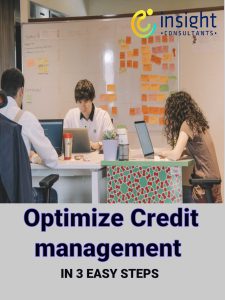A debate that dates back to 2007 from the CIO magazine article, “How To Say Goodbye to Spreadsheets” the article suggests the need to move out of the ancient tool. It still seems like a hard and painful task in reality. Research across the accounting and finance industry shows that professionals are aware of the benefits of alternative Business Intelligence (BI) tools over Excel. But why is this not reflecting in practice?
What I would like to discuss is not the positive and negatives of Excel over other tools, but what are the few things that we as leaders can engage for the successful integration of tools and reduce the dependency on the spreadsheets.
Let us try to answer these few questions to see how compatible you are as a team to make the shift:
1. What is the tone at the top?
Are the leaders actively committed to making the change? The team looks to the management and if the management holds a Status Quo bias, The employees themselves might see this as just another management exercise and are unlikely to commit themselves
2. Is training efficient and effective?
You can have internal training, live sessions from experts or online modules paid for by the company. But is that going to bring the change? You also need to ask a few other questions:
A.Do the employees have the motivation to make the change?
B. Is he seeing the immense potential of the tool and future prospects?
C. Do they have the time to spend on training and also achieve their daily responsibilities?
3. Are enough scenarios available for the live application of the newly acquired skill?
Unless the trained employee is able to use the training to reduce and optimize his regular workflow, all the training that was acquired would just seem another certification that they acquired for namesake. This is where management commitment with the shift in technology is crucial.
Status Quo Bias
It will be a difficult task to leave the comfort zone of Excel, which has been used as a calculator and database and the wonderful templates that were made to custom suit each individual. It is at this point that a tool like Power BI steps in to bridge the gap and make the user feel that they are working on a better version of Excel as they slowly make the shift.
So are you ready for the change? What next?
- Start by considering existing excel usage. ( Repetitive reports and analytics done, Shorter the frequency higher the weightage ) and where a BI tool can be integrated. This increases the motivation as it also highlights a win for the trainee upon completion on a daily basis.
- Be on the lookout for the right tool for your organization. Make sure you consider multiple aspects such as User Interface, Pricing, Data security, and multi-device portability.
- Have regular conversations with the team on the possibilities of the tools and generate interest among them.





